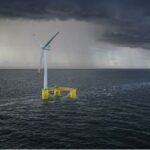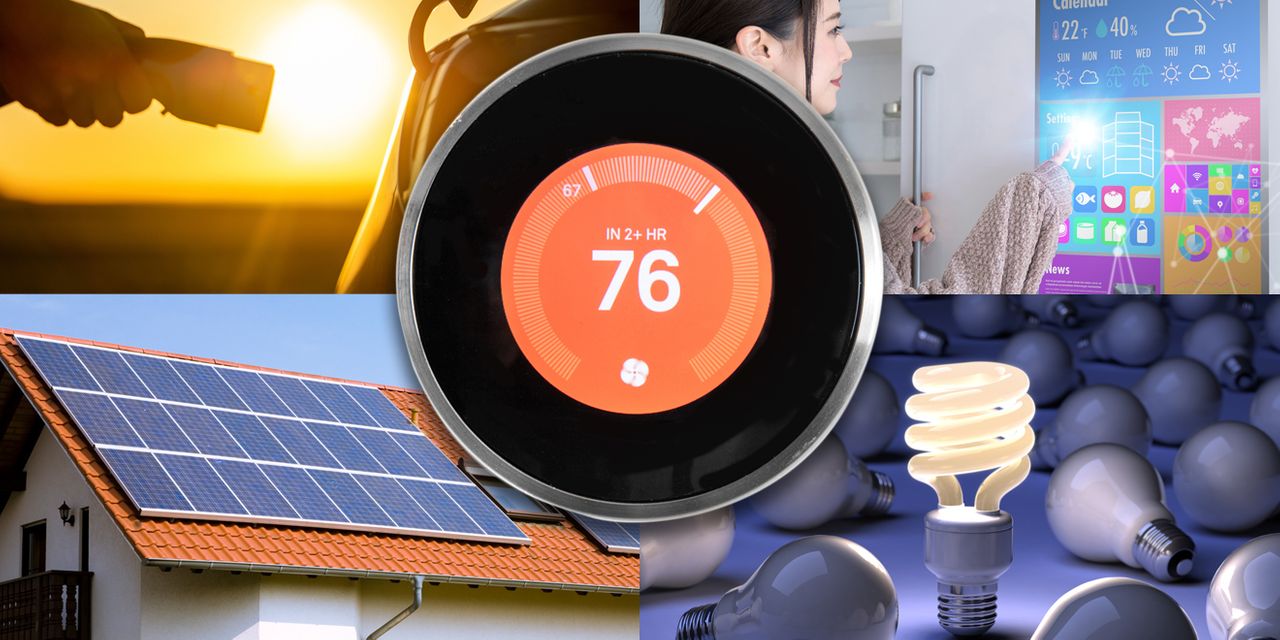Shining a Light on Home Energy Savings – CleanTechnica
Energy Disrupter
One of the Department of Energy’s (DOE) priorities is helping the American people save on their everyday energy costs — helping their pocketbooks while also doing right by the environment.
In 2012, Congress created the first-ever federal standards for the efficiency of general service incandescent light bulbs, better known as the common household light bulb. The new standards, which were phased in over a two-year period, required light bulbs use 25% less energy by 2014. Thanks to this step, the majority of light bulbs sold in the United States now consume close to 80% less energy than the traditional incandescent bulbs widely used in 2012.
These savings have played a significant role in reducing energy use — lighting in residential and commercial buildings has fallen from 18% of total electricity use in 2010 to 7.8% in 2020.
The new standards have helped create an evolving market for more efficient bulbs, including new types of incandescent, halogen, CFLs and LEDs, with a range of consumer choices in color and brightness. LEDs, for example, last much longer than the conventional incandescent bulbs — as long as ten years under typical operation, compared with just a year for conventional incandescents. For the American consumer, this means fewer trips to the home improvement store for new bulbs.
Still, electricity used for lighting costs U.S. households close to $7.4 billion every year. But DOE is taking a common-sense approach for achieving greater energy and cost savings for consumers. DOE is reconsidering rules set by the prior administration relating to how general service lamps are defined, and whether a congressionally-set 45 lumen per watt efficacy backstop level must be applied to such lamps.
DOE has published a request for information in the Federal Register to seek input from manufacturers, retailers, consumers, and other stakeholders across the spectrum for perspectives on what lighting regulations make sense for today’s market.
The Department is committed to driving energy and cost savings for the American public and ensuring that consumers continue to have lamps that meet their needs for all their lighting applications.
To learn more and respond to the request for information, please visit the federal register.
Image and article courtesy of Office of Energy Efficiency & Renewable Energy, Energy.gov
Featured chart by Brad Rouse, from “Carbon Pricing And Lighting, EVs, Heat Pumps, & Electric Everything“
Original Source: https://cleantechnica.com/2021/05/25/shining-a-light-on-home-energy-savings/


















